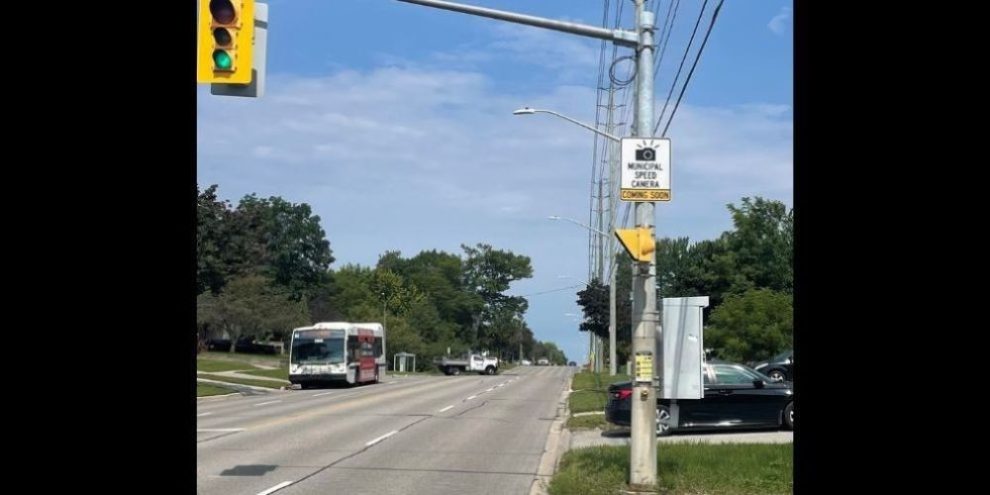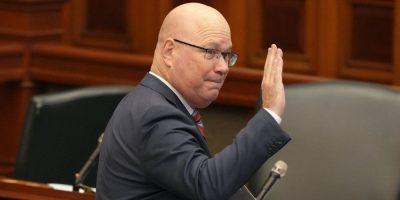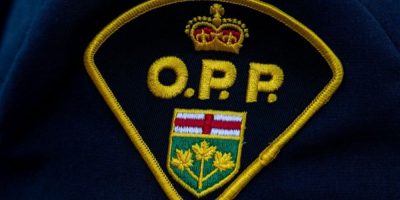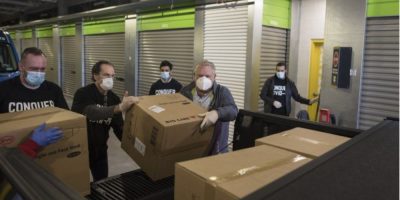
Updated October 20, 2025 @ 5:18pm
Ontario will soon ban speed cameras across the province as part of a red tape reduction bill tabled by Premier Doug Ford's government Monday, the first day legislators sat at Queen's Park since early June.
Transportation Minister Prabmeet Sarkaria said speed cameras are not the best way to prevent speeding and the premier has decried them as a "cash grab" for municipalities.
Ford and Sarkaria have said speed cameras do not work, unlike the Hospital for Sick Children in Toronto, which studied the program and found that it did slow drivers down significantly.
"The best fix is to prevent speeding from happening in that zone at that moment, and a ticket that's being issued, whether you speed it up by a week, doesn't reflect the intended purpose of stopping speeding at that particular moment," Sarkaria said.
Data from several municipalities that have analyzed the effect of the cameras on traffic speeds, as well as a different study from Toronto Metropolitan University, show speeds are reduced.
More than 20 mayors from across the province have asked Ford to tweak the program instead of scrapping it entirely, but he quickly shut them down.
The bill repeals the automated speed enforcement program found in the Highway Traffic Act. It also gives power to the minister to issue directives to municipalities to put up signs in school zones. Traffic calming measures such as installing roundabouts and speed bumps in school zones are not in the bill, but will be dealt with through regulation, Sarkaria's office said.
However, both Ford and Sarkaria have said those measures will be used in school zones instead of the speed cameras. The bill will become law this fall.
The province has said 37 municipalities have speed cameras installed, but more than 400 do not.
"There's other ways to come at this rather than punishing pocketbooks and that's what we really want to focus on," Sarkaria said.
The changes are part of a bigger bill introduced by Red Tape Reduction Minister Andrea Khanjin, largely about cutting permit timelines and processes.
The bill will also allow for greater movement of workers, largely in health care, between provinces. The provisions are part of larger internal trade deals Ford signed with most provinces and territories over the past six months.
The province will also go ahead with automatic recognition of credentials for doctors and nurses from the rest of Canada.
Health Minister Sylvia Jones said the changes are not about poaching much-needed health-care workers from other provinces.
"It's really an acknowledgment that if people want to be in Ontario, then we want to make sure there are no barriers to allow them to practise their in their chosen profession," she said.
The province will also "streamline" the Clean Water Act, which came into effect as a result of the deadly drinking water disaster in Walkerton, Ont., in 2000. E. coli made its way into a well and flowed into the municipal water system. More than 2,000 people fell ill and seven died from the contaminated drinking water.
Environment Minister Todd McCarthy said the changes are about "balance."
"That balance includes protecting clean drinking water for all, making sure, though, that we focus on not having unnecessary repetition when it comes to the testing process or the monitoring process," McCarthy said.
The province is also looking for a 35 per cent reduction in "economic development-focused" permits by 2028 and it will create a centralized digital permitting system.
This report by The Canadian Press was first published Oct. 20, 2025.





